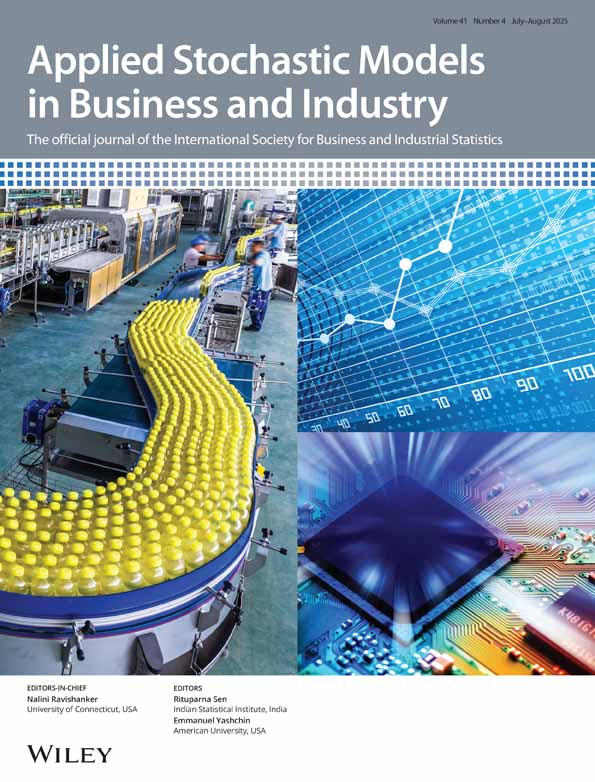Bayesian predictive inference under informative sampling and transformation
Abstract
We consider the problem in which a biased sample is selected from a finite population (a random sample from a super-population), and inference is required for the finite population mean and the super-population mean. The selection probabilities are linearly related to the measurements, providing a non-ignorable selection model. When all the selection probabilities are known, as in our problem, inference about the finite population mean and the super-population mean can be made. As a practical issue, our method requires normality, but the measurements are not necessarily normally distributed. Thus, the key issue is the dilemma that a transformation to normality is needed, but this transformation will destroy the linearity between the selection probabilities and the measurements. This is the key issue we address in this work. We use the Gibbs sampler and the sample importance resampling algorithm to fit the non-ignorable selection model to a simple example on natural gas production. Our non-ignorable selection model estimates the finite population mean production much closer to the true finite population mean than a model which ignores the selection probabilities, and there is improved precision of the non-ignorable selection model over this latter model. A naive 95% credible interval based on the Horvitz–Thompson estimator is too wide. Copyright © 2006 John Wiley & Sons, Ltd.




